Alright, buckle up, SEO adventurers! You might think you’ve conquered the mysteries of Google indexing, but trust me, there are still some seriously sneaky nuances that can trip up even the most seasoned pros. We’re talking about stuff that goes way beyond just submitting your sitemap and crossing your fingers. Let’s dive into some «indexing realities» that you absolutely need to know if you want to truly dominate the SERPs. Get ready to level up your SEO game!
1. Google Doesn’t Index Every Page: Crawl Budget is Real (and Ruthless!)
Yeah, you might have thousands of pages on your site, but Google’s not obligated to crawl and index them all. Crawl budget – the resources Googlebot allocates to exploring your site – is finite. If Googlebot’s spending its precious time on low-value pages (think duplicate content, outdated blog posts, or endless filter combinations on your e-commerce site), it’s neglecting the stuff that really matters. The fix? Audit your site like a hawk, identify those crawl budget hogs, and either noindex them, consolidate them, or seriously improve their value. Be ruthless! Every page should earn its place in the sun.
2. Indexation ≠ Ranking: Being Indexed is Just the Starting Gun!
Okay, your page is in Google’s index – congrats! But that’s just the beginning. Think of it like getting accepted into a prestigious university; now you actually have to perform! Indexation simply means Google knows about your page. Ranking, on the other hand, is about Google deciding your page is worthy of showing up high in the search results for relevant queries. So, focus on creating amazing content, building high-quality backlinks, optimizing for user experience, and doing all the other things that make Google say, «Yep, this is a top-notch result!»
3. «Mobile-First» is Literal: Google Primarily Indexes the Mobile Version (Wake Up!)
This isn’t some abstract concept; it’s a core element of how Google operates. If your mobile site is a stripped-down, clunky mess compared to your desktop version, you’re in deep trouble. Google’s judging you based on that mobile experience. Make sure your site is fully responsive, lightning-fast on mobile, and provides all the same essential content and functionality as the desktop version. Think mobile-first in everything you do.
4. JavaScript Rendering Can Be a Total Black Box: Unseen Content = Unranked Content!
If your site relies heavily on JavaScript to display important content, you’re playing a risky game. While Google’s gotten better at rendering JS, it’s still not perfect. There’s a real chance that crucial elements of your page are invisible to Googlebot, which means they won’t be indexed and won’t contribute to your ranking. The solution? Test your site with Google’s Mobile-Friendly Test tool to see how Googlebot sees your content. Consider server-side rendering (SSR) or dynamic rendering for a more reliable approach. Don’t let JS be a silent SEO killer!
5. Sitemap Submission is a Suggestion, Not a Guarantee: Google Still Calls the Shots
Submitting your sitemap to Google Search Console is definitely a best practice. It’s like giving Google a helpful map of your site. But it’s not a magical «get indexed free» card. Google still decides what to crawl and index based on its own algorithms and priorities. Don’t assume that just because you submitted your sitemap, everything will be indexed perfectly. Regularly monitor your indexing status in Google Search Console to identify any issues.
6. Internal Link Equity Matters (A LOT!): Strategic Linking = SEO Gold
Don’t underestimate the power of internal linking! It’s not just about helping users navigate your site; it’s a crucial way to distribute link equity (authority) and guide Googlebot to your most important pages. Strategically link internally from high-authority pages to lower-authority pages, using descriptive anchor text that accurately reflects the target page’s content. Think of internal links as tiny SEO superchargers, boosting the visibility and ranking of your key pages.
7. «Freshness» Impacts Crawl Frequency: Stale Content = Neglected Content!
Google loves fresh content. Sites that are regularly updated with new and relevant information tend to get crawled more frequently. This means that if your site is a static, unchanging monument to the past, Googlebot might not visit as often, and your new content might take longer to get indexed. Make a point of regularly updating your site with new blog posts, product updates, news articles, or other fresh content to keep Googlebot coming back for more.
8. Negative SEO Can (Unfortunately) Affect Indexation: Protect Your Turf!
It’s a dark side of SEO that no one likes to talk about, but negative SEO is real. Competitors can use harmful backlinks (spammy, low-quality links) to try to deindex your site or damage your rankings. Regularly monitor your backlink profile using tools like Ahrefs or Semrush and disavow any suspicious links in Google Search Console. Prevention is always better than cure in this area.
9. HTTPS is a Ranking Factor and Indexing Signal: Security Matters (Duh!)
In 2024, if your site isn’t secured with HTTPS, you’re living in the Stone Age. HTTPS is not only a ranking factor, but it’s also a signal to Google that your site is trustworthy and secure. Google prioritizes indexing secure sites, so make sure you have a valid SSL certificate installed and that all your pages are served over HTTPS. There’s no excuse for not having this basic security measure in place.
10. Google Search Console is Your Lifeline: Monitor (Obsessively!) for Indexing Issues
Google Search Console (GSC) is your direct line of communication with Google. It provides invaluable data about your site’s indexing status, crawl errors, security issues, and other important information. Regularly monitor GSC for any warnings or errors that could be impacting your site’s indexing. Think of GSC as your website’s health dashboard – check it regularly to stay on top of any potential problems. If you see an issue get on fixing it as soon as possible
So, there you have it – ten crucial Google indexing facts that go beyond the basics. Master these nuances, and you’ll be well on your way to SEO success. Now go forth and conquer the SERPs!

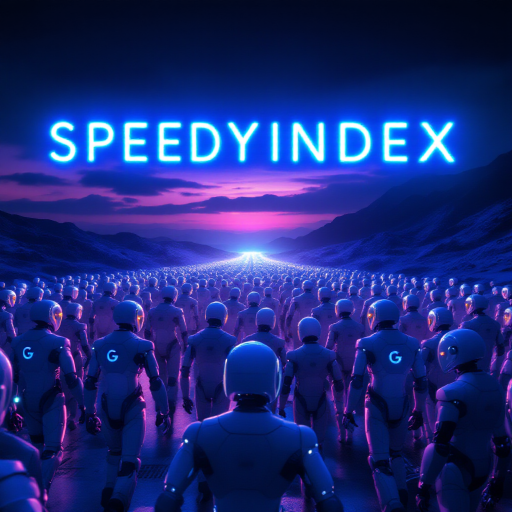
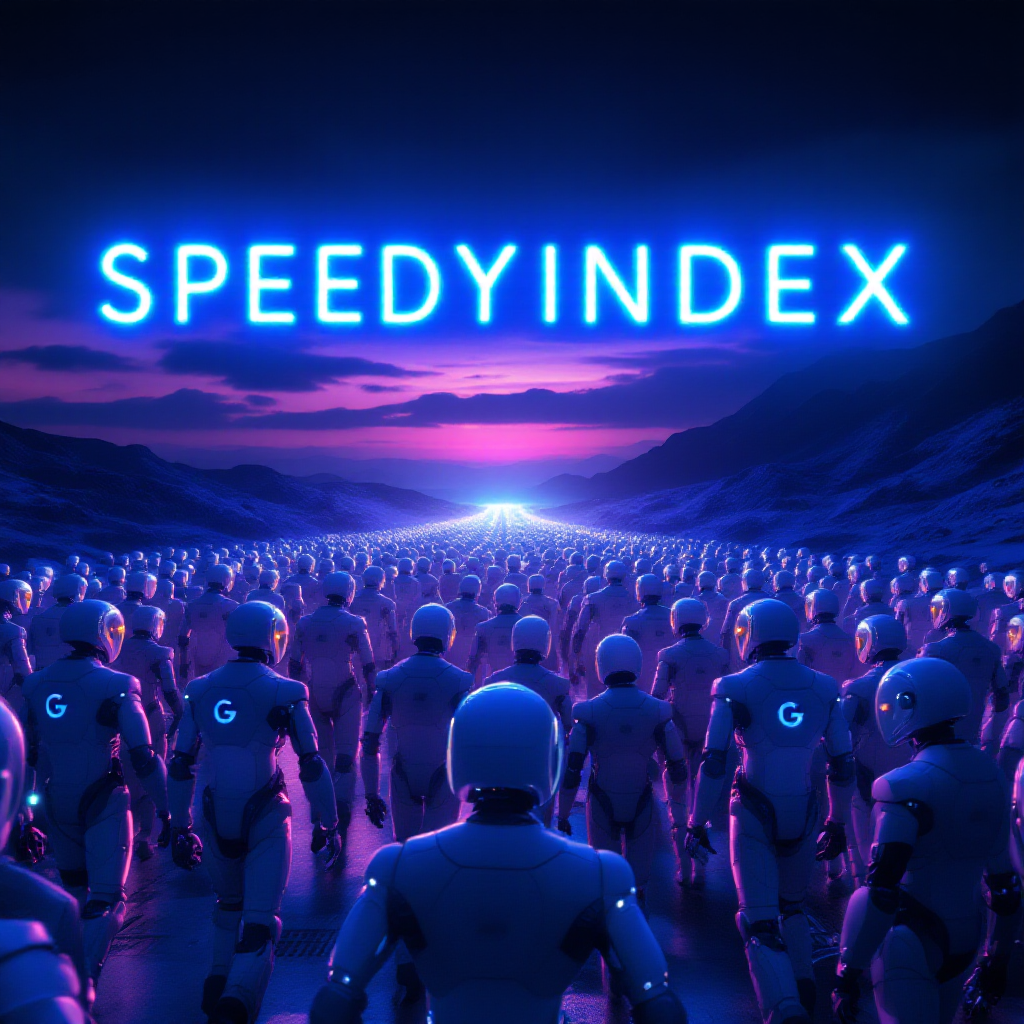
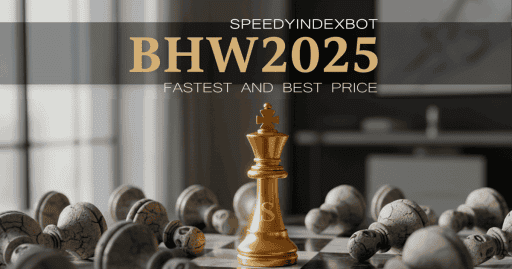

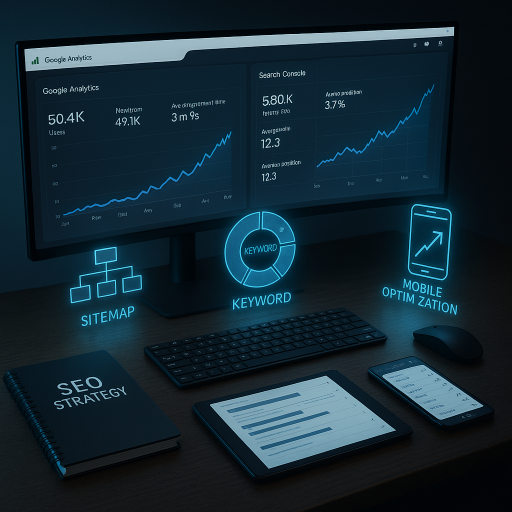
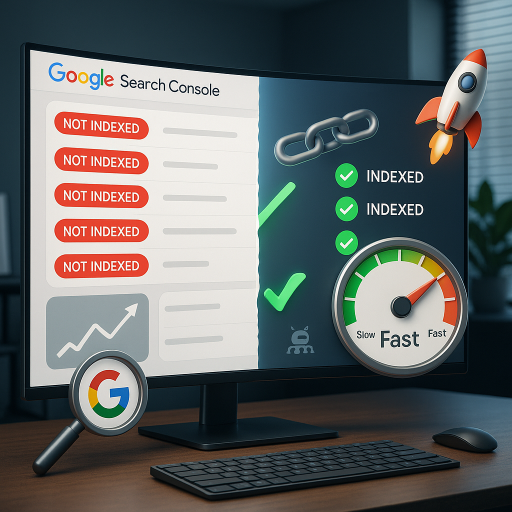
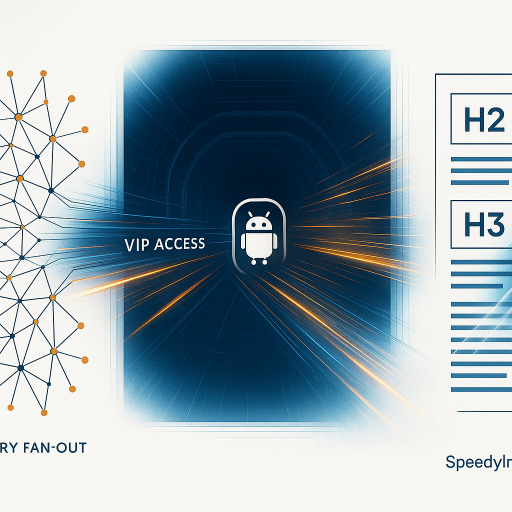
Hi!
Google’s indexing nuances often trip up even seasoned SEOs, especially around crawl budget optimization.
A case in point: a client of mine (a mid-sized e-commerce site) saw a 40% drop in indexed pages after a site migration, despite following «best practices.» Turns out, their XML sitemap was bloated with low-value URLs, and Googlebot was wasting crawl budget on them.
This aligns with John Mueller’s advice on prioritizing quality over quantity in sitemaps. Are we underestimating how much crawl efficiency impacts indexing, especially for dynamic sites with frequent inventory changes?..